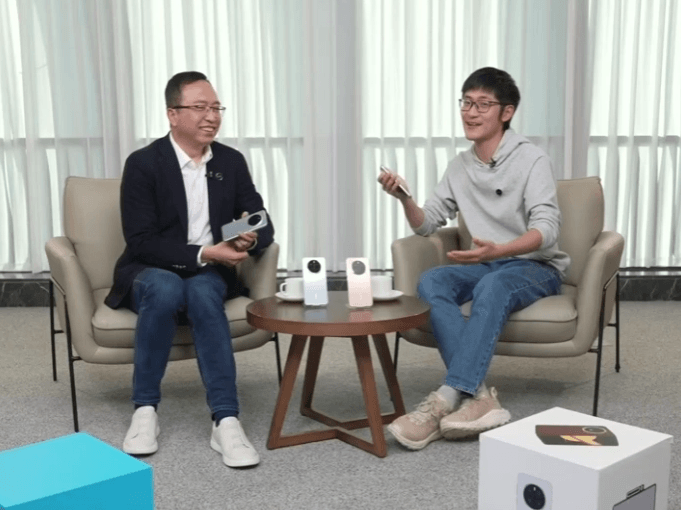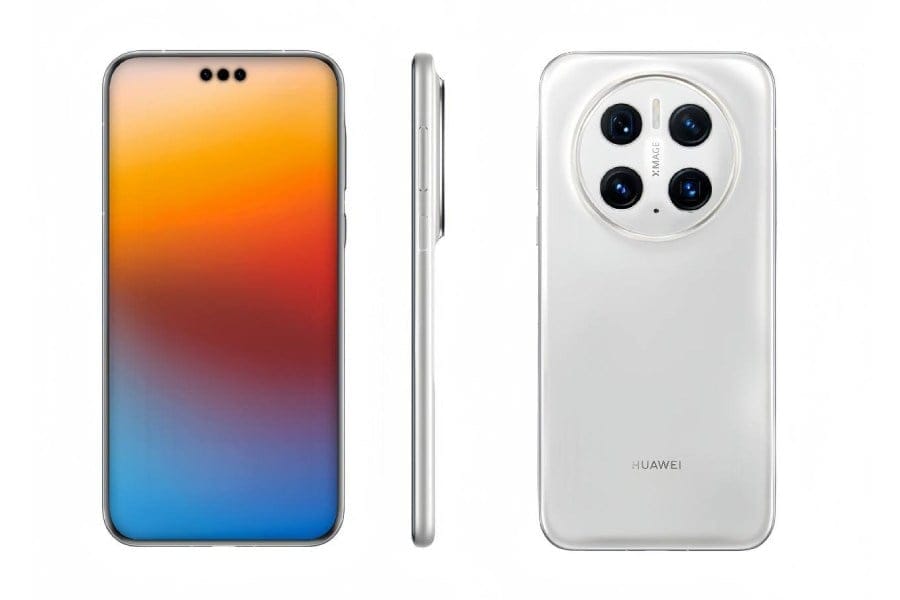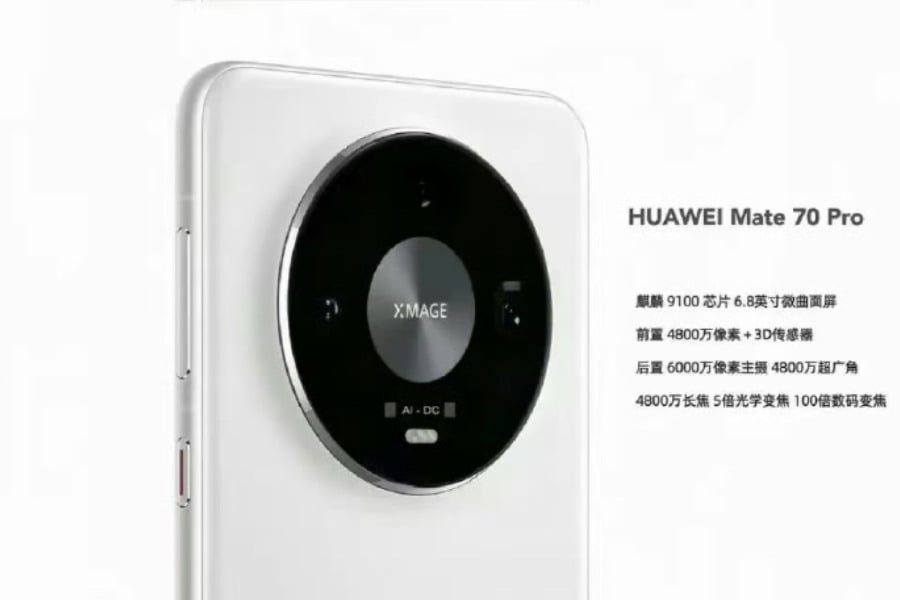Xiaomi’s 15 series flagship smartphones are doing exceptionally well, surpassing 2 million units sold. This achievement highlights Xiaomi’s strong position in the premium smartphone sector and reflects its successful strategy and significant appeal among consumers.
Sales Leader in Premium Smartphones
Recent information from tipster Digital Chat Station indicates that the Xiaomi 15 series is the first premium flagship series to exceed 2 million sales as of January 12. Following closely is Huawei’s Mate 70 series, which has sold around 1.5 million units, showcasing its solid presence in the market. Vivo and Oppo take the third and fourth positions, with sales figures of 1.2 million and 1 million units, respectively.
What’s behind the Xiaomi 15 series’ remarkable success? It’s mainly due to the “blockbuster product” approach led by Xiaomi Group VP Lu Weibing. Rather than overwhelming the market with a variety of options, Xiaomi has concentrated on producing standout devices featuring exceptional specifications, which has proven to be very effective. The 15 series offers impressive performance, advanced cameras, and sleek designs that clearly appeal to consumers looking for a premium smartphone experience.
Huawei’s Resurgence
On another note, Huawei’s Mate 70 series has also made a significant impact, even though it entered the flagship race later in 2024. Analysts are predicting that lifetime sales could reach 10 million units, driven by Huawei’s strong brand reputation and a continued focus on innovation. This indicates that Huawei is making a strong comeback, especially after facing challenges due to US sanctions for several years.
In terms of market share, Huawei has officially regained the lead in China’s smartphone market, capturing an 18.1% share in Q4 2024, according to Counterpoint Research. This marks a major recovery for the brand, with the Nova 13 and Mate 70 series contributing to growth through an emphasis on self-sufficiency and local chip manufacturing.
Xiaomi and Competitors
Xiaomi follows closely behind with a 17.2% market share, while Apple is at 17.1%, though Apple experienced a notable 18.2% drop in sales. Vivo, Honor, and Oppo complete the top ranks. Even while the overall market saw a 3.2% decline in Q4, 2024 still recorded an annual growth of 1.5%, with Vivo leading the year at a 17.8% share, followed by Huawei at 16.3% and Xiaomi at 15.7%.



















